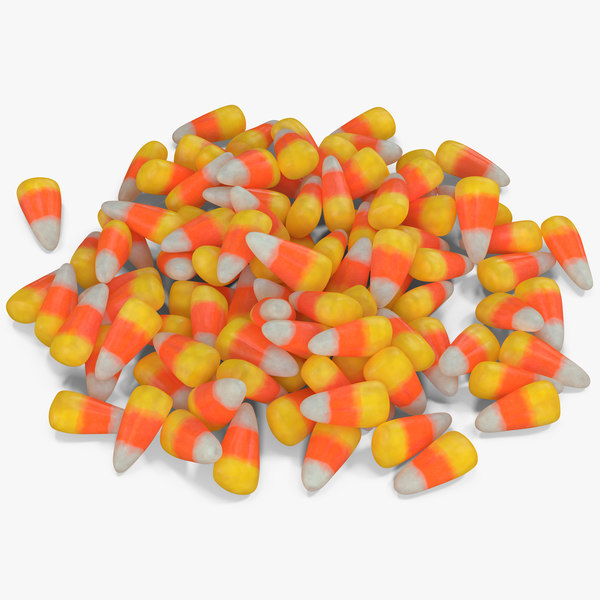
One of its ingredients can make kids go bonkers.

Because the ingredient adds nothing to food besides making it look prettier, consuming the ingredient could be considered an unnecessary risk.Ĥ. While approved for use in the U.S., the coloring Yellow 5 has been linked to rare but sometimes severe allergic reactions, an outcome that could be linked to those impurities it picks up in manufacturing, according to the CSPI report. One of candy corn’s ingredients can trigger itching and hives. It’s unclear how much candy corn you’d have to eat to affect your health.ģ. While the risk led maraschino cherry makers to swap it out for Red 40, the original Red 3 is still used in candy corn. Meanwhile, scientists found convincing evidence that Red 3 causes cancer in animals.

Both Yellow 6 and Yellow 5 also run the risk of being contaminated by cancer-causing substances or chemicals that can become cancer-causing once they enter the body - something that’s definitely not written on the package.

While Yellow 6 is FDA-approved, it’s been found to cause tumors in animal testing, according to a report on the risks of food dyes published by the Center for Science in the Public Interest (CSPI).

Candy corn’s colors could be carcinogenic. Contrary to popular opinion that candy corn is all sugar, the candy is actually made up of a dozen ingredients: Four different kinds of sweeteners, including sugar, corn syrup, dextrose, and honey, but also the food dyes Yellow 6, Yellow 5, and Red 3, lab-made ingredients that are often vilified for questionable side effects.Ģ. Just in time to suck joy out of everyone’s second favorite Halloween treat (chocolate trumps all, obviously), Charles Platkin, PhD, executive director of the New York City Food Policy Center at Hunter College and editor of, recently assessed candy corn’s ingredients.


 0 kommentar(er)
0 kommentar(er)
